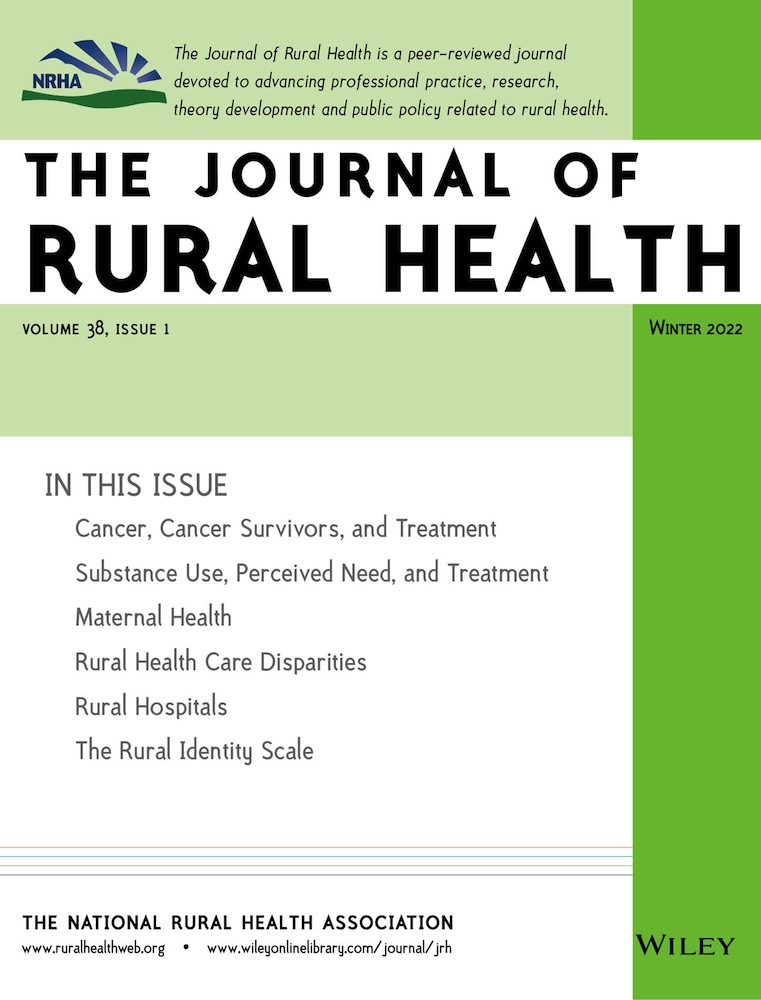Health Care Disparities Across the Urban-Rural Divide: A National Study of Individuals with COPD
Disclosures: Some of these results were accepted for presentation/publication in abstract form at the 2020 American Thoracic Society international Cnfeerence. The authors report no financial conflicts of interest. Adam Gaffney, David Himmelstein, Steffie Woolhandler, and Danny McCormick serve as leaders of Physicians for a National Health Program (PNHP), a nonprofit organization that favors coverage expansion through a single-payer program; however, none of them receive any compensation from that group, although some of Dr. Gaffney's travel on behalf of the organization is reimbursed by it.
Funding: This study had no external funding. Dr. Hawks received funding support from an Institutional National Research Service Award from 32HP32715, and by the Cambridge Health Alliance.
Abstract
Purpose
The burden of chronic obstructive pulmonary disease (COPD) is high in rural America. Few studies, however, have examined urban/rural differences in health care access, or racial/ethnic and income disparities stratified by urban/rural residence, among persons with COPD.
Methods
We studied individuals age ≥ 40 years with COPD from the 2018 Behavioral Risk Factor Surveillance System. The primary exposure was “urban” or “rural” county of residence. We examined multiple health and health care access/services outcomes using logistic regressions adjusted for age and sex, and performed analyses stratified by rural/urban county that included additional adjustment for race/ethnicity or income.
Findings
Our sample included 34,439 individuals. COPD prevalence was 8.6% in rural counties versus 5.4% in urban counties. Rural residents with COPD were poorer, had less education, worse health, and more disability. Of the rural population with COPD, 12.6% were uninsured, versus 10.4% in urban areas (AOR 1.26; 95% CI: 1.00–1.58). Rural residents with COPD were more likely to have not seen a doctor due to cost (AOR 1.18; 95% CI: 1.02–1.36). Differences in other outcomes were mostly nonsignificant. We observed large access disparities by race/ethnicity and income among individuals in both urban and rural counties, with the highest rates of forgone care among minorities in rural counties.
Conclusion
Patients with COPD in rural areas experience greater morbidity and obstacles to care than those in urban areas. Racial/ethnic minorities and those with low incomes—particularly in rural areas—are also at greater risk of forgoing doctor visits due to cost. Expanded access to health care could address respiratory health inequities.




